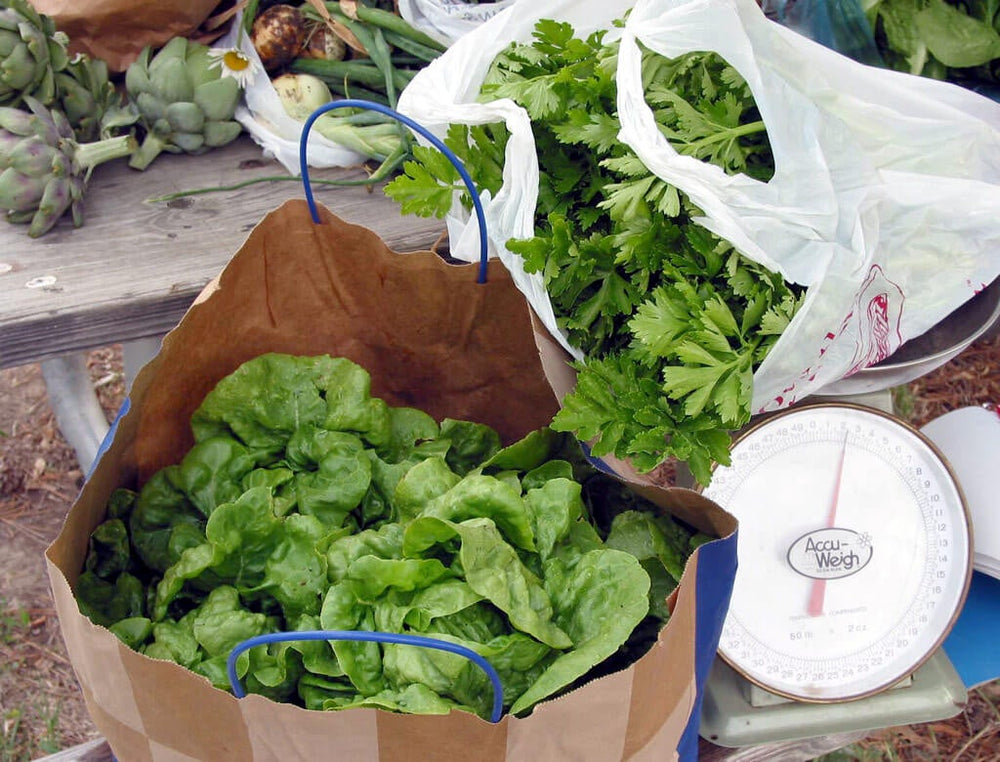If you're a gardener, you already know that nothing beats the taste and nutrition of fresh-picked vegetables. Growing your own garden can improve your health, save you money, increase the sustainability of your lifestyle, decrease your carbon footprint, and—perhaps most importantly—help a lot of people in need.
That idea is what inspired Jeff Lowenfels, a garden writer from Anchorage, Alaska, to begin the Plant a Row for the Hungry (PAR) program in 1994. He asked local gardeners to grow food for an Anchorage soup kitchen by planting an extra row of beans in their gardens, and they responded enthusiastically. From there, the idea grew and spread.
Launched nationally in 1995 by the Garden Writers Association, PAR encourages gardeners across the country to grow a little extra and donate the produce to local soup kitchens and food pantries—often the only hope some people have to put food on the table for themselves and their children. By donating produce directly to the food agencies, gardeners help organizations and their patrons stretch their meager resources.

Help Grow Food for the Hungry
PAR is rooted in the heartfelt tradition of gardeners sharing a bountiful harvest with others—and since 1995, gardeners have donated over 20 million pounds of produce! You can make a difference, too. Here are some ways to get involved:

- Grow some vegetables to donate. As you plan your vegetable garden this spring, think about planting a few extra rows or an extra bed of vegetables, fruits, or herbs to donate. (Fresh flowers are also appreciated.) Contact a local soup kitchen or food pantry and ask them about their needs, so you can grow food that will be the most welcomed.
- Provide ways for others to grow food for themselves. If you end up with more tomato or pepper seedlings than you'll actually use, or have extra lettuce or radish seeds, ask the food pantry if you can donate them to novice gardeners in need. Be sure to write up some brief care instructions to go along with the seedlings or seeds.
- Organize a PAR community garden. Consider gathering members of your neighborhood or community together to make an even bigger impact. Many cities have extra land that can be used for community gardens, so check with your local parks and recreation department. You can also contact the state office that oversees prisons to see if there are any facilities that might like to be involved. Growing food for others in need teaches a powerful lesson: That you can make a difference, no matter who you are.
- Spread the word about the PAR program. Talk to garden clubs, church organizations, and youth groups in your community about the problem of hunger and how easy it can be to help. In addition, consider speaking with a local beautification project (like America in Bloom), since vegetables can make attractive accents in a flower garden.
The future is in our hands. Let's make a difference now by feeding the hungry and teaching others how to be self-sufficient.
By Carol Ledbetter, program administrator for Plant a Row for the Hungry. For a free PAR workbook and press kit, or for more information, contact her at 877-492-2727 or par@gardenwriters.org.




 Herbs
Herbs
 Vegetables
Vegetables
 Fruit
Fruit
 Flowers
Flowers
 Succulents
Succulents


